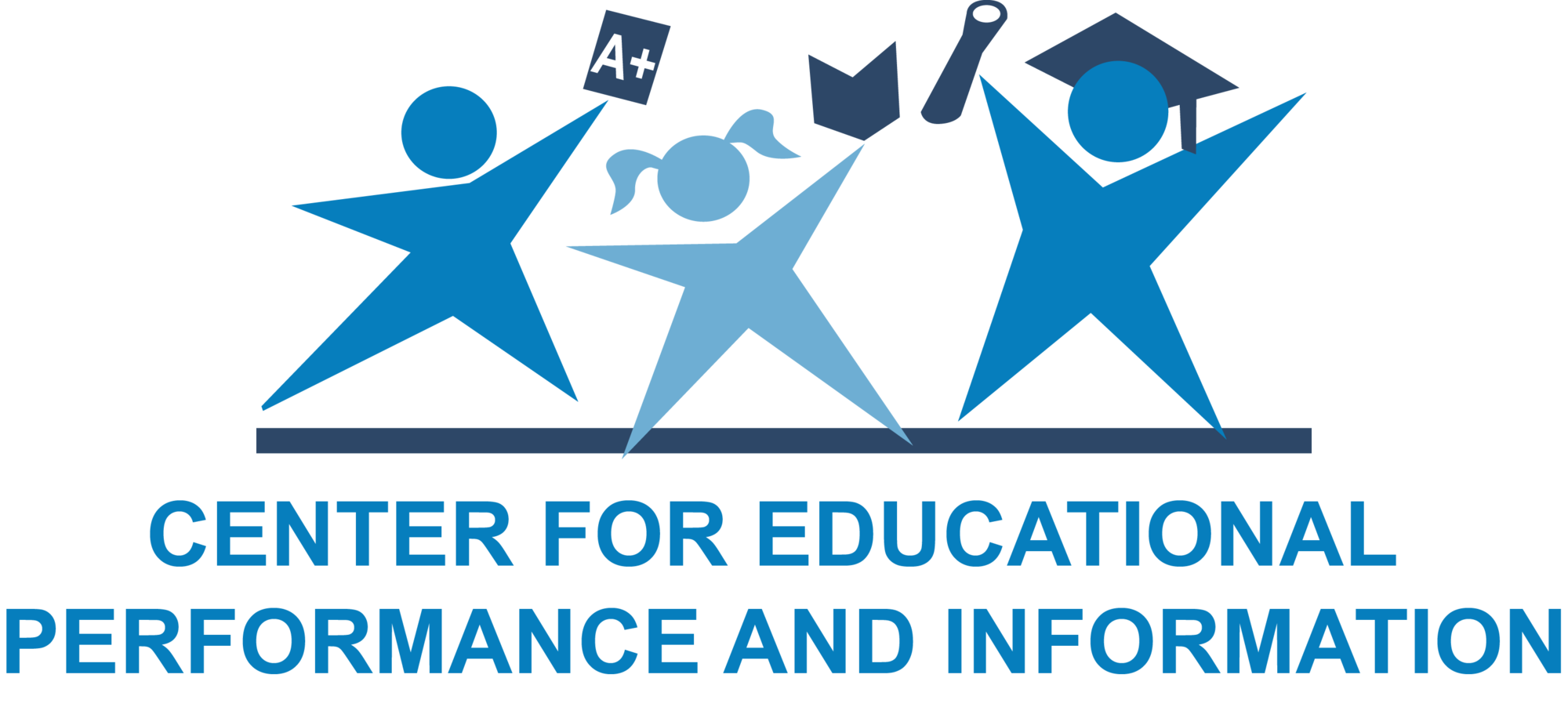September 10, 2020 MICIP Continuous Communication
Michigan Department of Education sent this bulletin at 09/10/2020 08:15 AM EDT |
|
Having trouble viewing this email? View it as a Web page. |
Welcome to the September 10 issue of MICIP CC!
In this installment, the MICIP team is looking at how to identify interim and target measures in your planning process, answers some recently asked questions from the field, a reminder about how to download your PDFs from ASSIST, and more!
 Engaging in Continuous Improvement – Identifying Targets
Engaging in Continuous Improvement – Identifying Targets
Identifying interim and end target measures are essential elements to the continuous improvement planning process. Starting with a SMART goal, a plan could have more than one measure. Depending on your goal, your target might include quantitative data, qualitative data, or both.
- Quantitative data is information that is expressed using numbers; observations expressed as a number, percentage, ratio; surveys with closed-ended questions, etc.
- Qualitative data is information that is expressed using words; concepts, thoughts, experiences/opinions, descriptions, observations, interviews or surveys with open-ended questions. Note: Even though qualitative data is expressed in ideas and words, the improvement target will be expressed numerically, e.g., increasing or decreasing the number or percentage of people who report certain thoughts or ideas gathered through open-ended questions. “The percentage of student comments referring to examples of highly engaging lessons will increase from 30% to 50% as reported in student surveys at the end of the 20— school year.”
An End Target is where you want to be at the end of your Goal timeline. In setting End Targets, ask:
- What metric (increase/decrease in adult and/or student performance/behaviors/feelings/attitudes) would best indicate overall growth or improvement?
- What targets are rigorous, yet reasonable?
An Interim Target is a monitoring check during Goal implementation that lets you know whether you are making the progress necessary to achieve your End Target. In setting Interim Targets, ask:
- What targets will you need to know whether you are making the right amount of progress to meet your end target measure?
- What is the reasonable but necessary progress needed to reach the end targets?
- How often will you review your progress toward those targets?
In MICIP, you can also identify an interim target for a task. A task is something that might be needed to accomplish a goal and is not tied to a specific strategy. Tasks are used to measure progress and should be thought of as a milestone or benchmark without which the goal cannot be met. For example, implementation of a career program might require building a specialized facility or acquiring specialized equipment. If this is not already in the district budget, it might require passing a bond issue. Passing the bond issue could be considered a task. If a district is implementing new instructional programs that require expert leadership, it might require hiring a curriculum director. Hiring the director could be considered a task. Identifying a task is optional if nothing in that category is needed.
Next issue: Setting Target Dates
 Your MICIP Questions Answered
Your MICIP Questions Answered
Here are some answers to questions the MICIP team has received. For more information about MICIP and MICIP resources, go to our web page.
- Have there been any updates to the anticipated MICIP platform rollout? Is the development team still anticipating "early 2021" for a full statewide rollout?
The full launch date for the MICIP platform is Jan. 4, 2021. Platform training information along with some sneak peeks will be demonstrated at the Continuous Improvement Conference on October 20.
- I am thrilled to have all the data in the same place and analyzed to create a picture. I have concerns, however, about how we collect data on trauma?
Whole Child factors are key data sources to MICIP. Early Warning Intervention and Monitoring System (EWIMS), MiPHY, MiBLSI (soon to be MiMTSS) will be available for districts to use as they build plans. It is not the intent of MICIP to report data at the student level nor will all these data sources be available with the first MICIP release. MiPHY data will be available to be uploaded in Release 1. For more information, view the Whole Child Data Webinar on the MICIP web page.
If you have questions about MICIP that you would like answered, or to be featured here, email mde-micip@michigan.gov.
Downloading PDFs from ASSIST
The window has passed for updating plans for transfer into MICIP. However, districts and schools may still download PDFs of any reports in ASSIST until September 30, including improvement plans (SIP, DIP, and SBDIP) and program evaluation tools (PET). Questions about downloading reports can be addressed to Renie Araoz at araozr@michigan.gov.
 Fall 2020 Michigan Continuous Improvement Conference
Fall 2020 Michigan Continuous Improvement Conference
There is still time to register for this year’s Continuous Improvement Conference, a one-day virtual event on Tuesday, October 20. Registration is $125 per person and includes a SCECH fee. Attendees will have an opportunity to hear:
- Opening remarks from MDE Superintendent Dr. Michael Rice.
- A keynote presentation by Dr. Seena Skelton, Director of Operations for the Midwest & Plains Equity Assistance Center at Indiana University, on Leading for Equity: How leaders move beyond “school improvement” to school transformation toward a just, inclusive, and quality education for all.
- Remarks from MDE Deputy Superintendent Dr. Venessa Keesler on Achieving Equity Through Continuous Improvement.
- A demonstration of the MICIP process in the new platform.
- Twenty-four breakouts on a variety of topics addressing the conference theme, Equity for Continuous Improvement: Opportunities, Environments and Supports. Attendees will have access to all conference presentations for thirty days following the conference.
Breakout descriptions as well as registration information can be found at this conference information link.
Please Share Continuous Communication
Please feel free to forward Continuous Communication to anyone you feel would like to receive information and updates about MICIP. To subscribe or unsubscribe, please click on this link.
Previous issues of MICIP Continuous Communication are available on the MICIP web page.
Feedback is Essential for Continuous Communication!
Have a question, an idea, a suggestion, or a compliment? The MICIP team is always eager to hear your feedback! Send us an email using the MICIP email address (mde-micip@michigan.gov).



